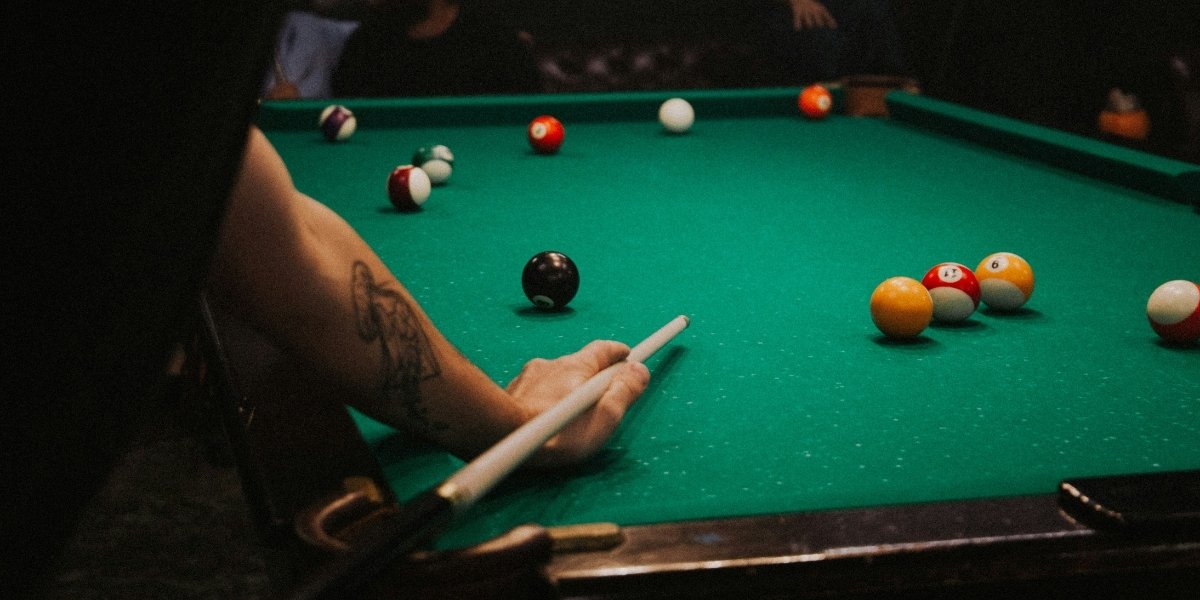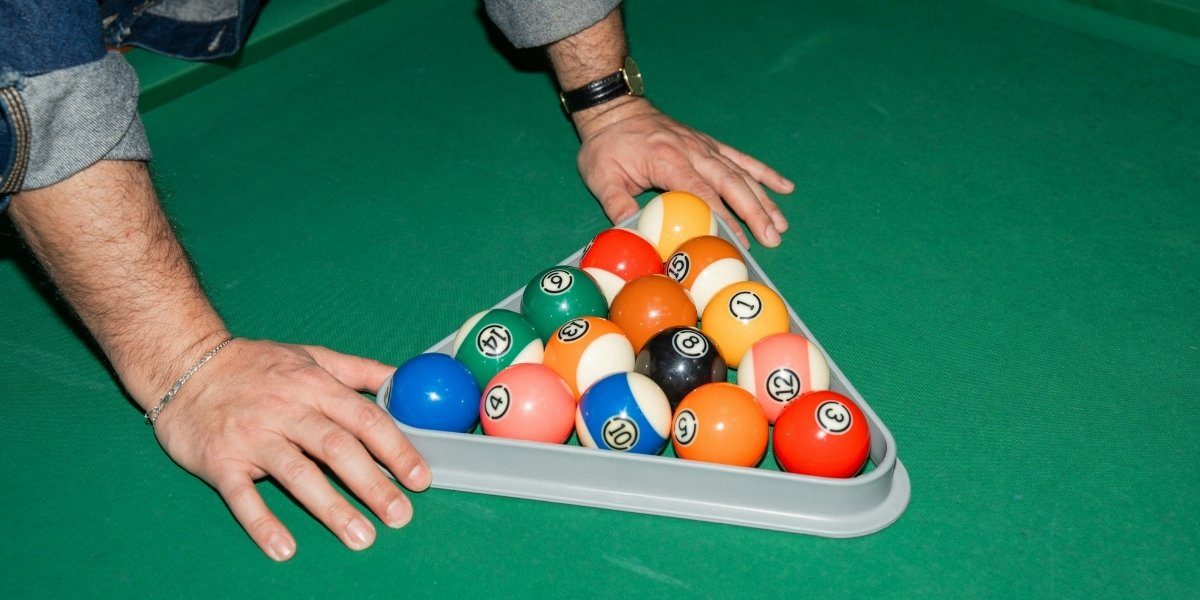The diverse and engaging family of cue sports encompasses a rich variety of games, all united by the common elements of a cue stick, balls, and a cloth-covered table. While often generically referred to as “billiards,” the realm of cue sports is distinctly divided into several major disciplines, most notably Pool, Snooker, and Carom Billiards. Each offers a unique set of rules, equipment, and strategic challenges, appealing to a wide range of players from casual enthusiasts to dedicated professionals.
Read Also: How Motorsports Are Shaping the Global Racing Scene
Tracing their origins back centuries to outdoor lawn games, cue sports have evolved into sophisticated indoor pursuits demanding precision, mental fortitude, and a deep understanding of angles and physics. From the bustling atmosphere of a local pool hall to the hushed intensity of a professional snooker championship, the world of cue sports offers endless variations and opportunities for skill development and competitive excitement.
The Shared Heritage and Evolution of Cue Sports
The history of cue sports is a long and fascinating one, believed to have originated in 15th-century Europe, evolving from games played on grass to indoor tables covered with green felt, reminiscent of their outdoor roots. Early versions involved pushing balls with a “mace” before the tapered “cue” stick, deriving its name from the French word “queue” (tail), became the standard striking implement around the 18th century. The addition of a leather tip to cues in the 19th century revolutionized play, allowing for the application of spin, known as “English” in some regions, which dramatically increased shot possibilities and the strategic depth of the games.
Over centuries, the core concept of striking balls on a table with a stick branched into distinct disciplines. Originally, “billiards” primarily referred to carom games, played on pocketless tables. As pockets were introduced, new games emerged, leading to the development of Pool (pocket billiards) and Snooker. Each variant tailored table sizes, ball counts, and rules to create unique challenges, cementing the rich diversity that defines the world of cue sports today.
Pool: The Widely Popular Pocket Game

Pool, often referred to as pocket billiards, is arguably the most recognized and widely played cue sport globally. It is characterized by a table with six pockets, into which players aim to pocket designated object balls using a white cue ball. While various forms exist, the most popular include:
- Eight-Ball: Played with 15 numbered object balls (seven solids, seven stripes, and one black 8-ball) and a cue ball. Players are assigned either the solid or striped balls, aiming to pocket all of their assigned group before sinking the 8-ball into a called pocket to win the game.
- Nine-Ball: A faster-paced game played with nine object balls (numbered 1 through 9) and a cue ball. Players must always strike the lowest-numbered ball on the table first, but can pocket any ball through combinations. The goal is to legally pocket the 9-ball to win.
- Straight Pool (14.1 Continuous Pool): A strategic game where players earn one point for each legally pocketed ball. After 14 balls are pocketed, the 15th ball remains on the table, and the other 14 are re-racked, allowing for continuous play and high-scoring runs.
Pool tables typically range from 7 to 9 feet in length, and pool balls are generally 2 1/4 inches in diameter, larger than snooker balls. Pool cues tend to be heavier and have slightly larger tips than snooker cues, designed for the larger, heavier balls and varied shot requirements.
Snooker: The Game of Precision and Break-Building
Snooker is a highly strategic and precise cue sport, particularly popular in the United Kingdom, Commonwealth countries, and increasingly in Asia. Played on a much larger table (typically 12 feet long) with smaller pockets and 22 balls—15 red balls (1 point each), six colored balls (yellow: 2, green: 3, brown: 4, blue: 5, pink: 6, black: 7), and one white cue ball.
The game revolves around “break-building,” where players aim to score as many points as possible in a single turn by alternately potting a red ball and then a colored ball. After a red ball is pocketed, the chosen colored ball is usually replaced on its designated spot until all red balls are gone. Once all reds are off the table, the colored balls must then be pocketed in ascending order of their value (yellow, green, brown, blue, pink, black) without being re-spotted. Fouls result in penalty points for the opponent. Snooker demands exceptional cue ball control, intricate positional play, and long-range potting skills, making it a test of both technical mastery and tactical foresight.
Carom Billiards: The Pocketless Art Form
Carom Billiards, also known as Carambole Billiards, stands apart from pool and snooker due to a fundamental difference: it is played on a table without pockets. The objective is to score points (called “counts” or “caroms”) by striking one’s own cue ball so that it simultaneously contacts two other balls on the table. The typical setup involves three balls: a red object ball, and two cue balls (one plain white, one white with a spot or yellow, to distinguish players’ cue balls).
Several variations of Carom Billiards exist, each with specific rules governing how the cue ball must travel:
- Straight Rail: The simplest form, where a point is scored each time the cue ball touches both object balls. Historical rules were introduced to prevent “nursing” (keeping balls close together in a corner for endless points).
- One-Cushion Billiards: Requires the cue ball to contact at least one cushion (rail) before contacting the second object ball.
- Three-Cushion Billiards: The most popular and challenging carom game, where the cue ball must contact at least three cushions before hitting the second object ball. This demands exceptional skill in applying spin (English) and understanding angles.
- Artistic Billiards: Players attempt to execute a set series of highly complex trick shots, judged on accuracy and difficulty.
Carom tables are typically larger than pool tables but often smaller than snooker tables. The lack of pockets shifts the focus entirely to precision caroms and strategic positioning of all three balls, making it a highly technical and artistic discipline within cue sports.

The Global Appeal of Cue Sports
The world of cue sports continues to captivate millions globally, bridging cultural divides and offering both recreational enjoyment and intense professional competition. From local pub leagues to international televised tournaments, the accessibility and intellectual challenge of pool, snooker, and carom billiards contribute to their enduring popularity. The rise of digital platforms and online streaming has further amplified their reach, particularly for professional snooker and pool events, drawing new fans and inspiring aspiring players worldwide.
Read Also: Mastering Sports Sponsorships: The Power Play of Partnerships
Whether it’s the fast-paced action of eight-ball pool, the nuanced break-building of snooker, or the intricate geometry of three-cushion billiards, these sports offer unique pathways to develop focus, strategy, and manual dexterity. As equipment innovation continues and global participation expands, the diverse and engaging universe of cue sports remains a vibrant and integral part of the international sporting landscape.








